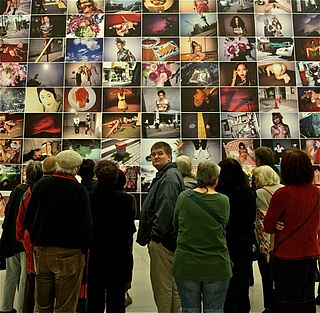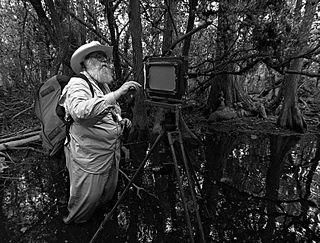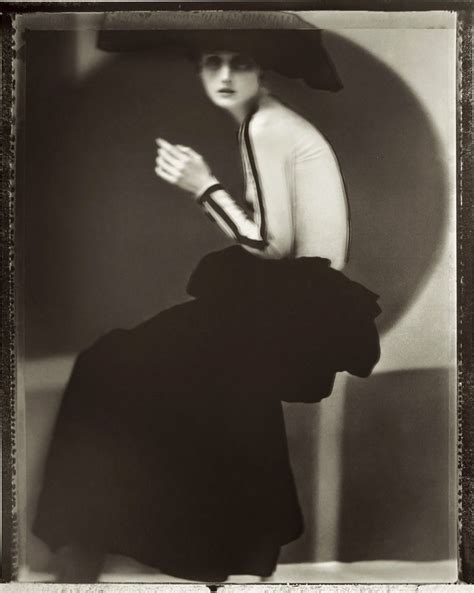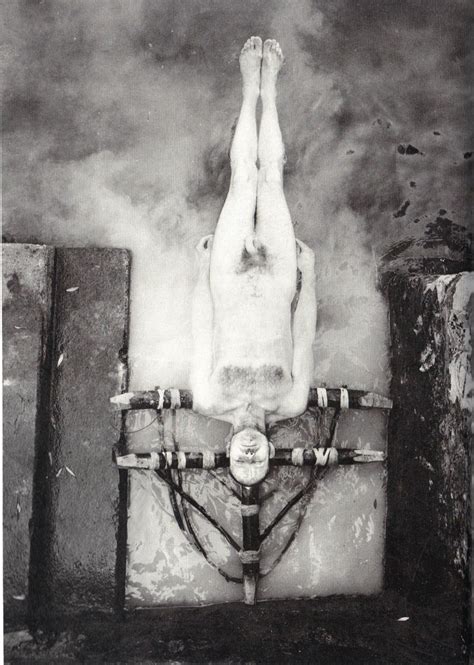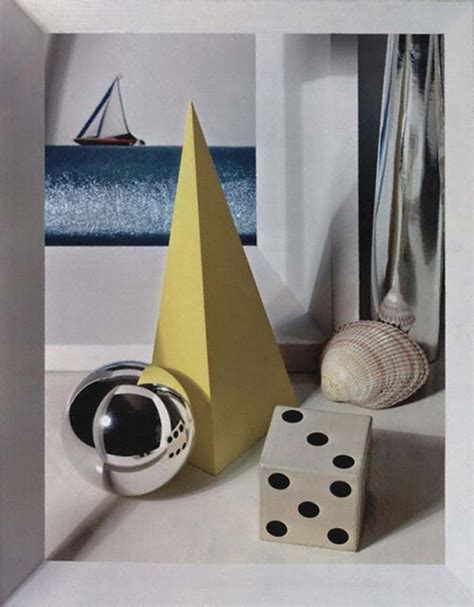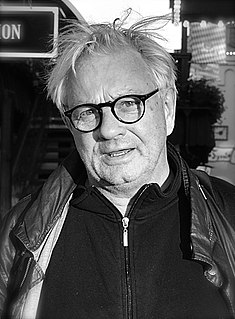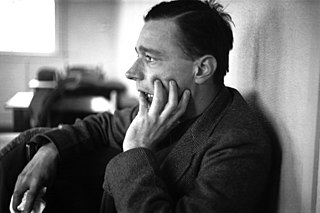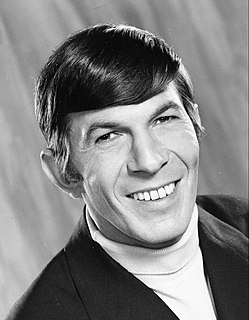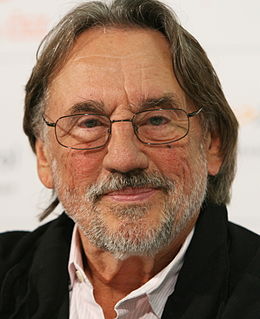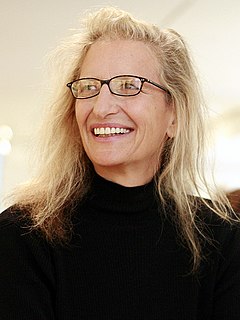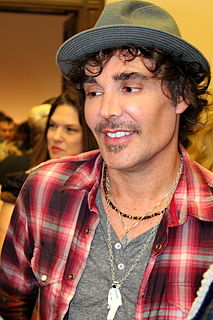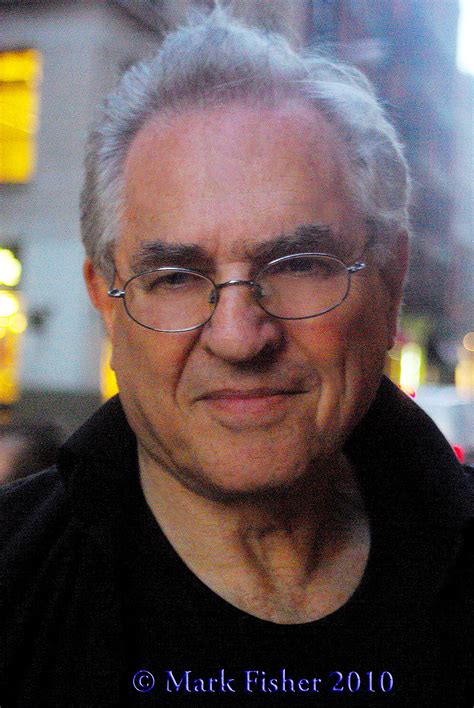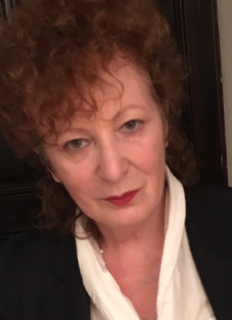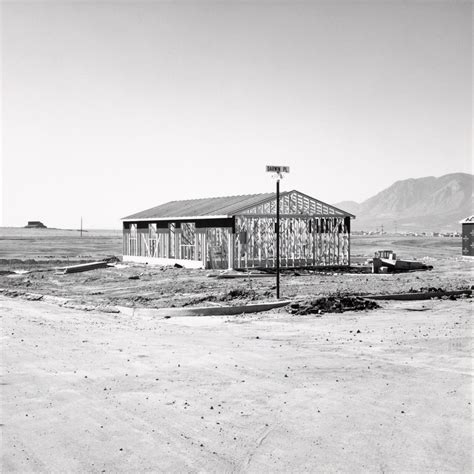A Quote by Nobuyoshi Araki
Photography has always been associated with death. Reality is colorful, yet early photography always took the color out of reality and made it black-and-white. Color is life; black-and-white is death. There was a ghost hidden in the invention of photography.
Related Quotes
I did not move into developing or processing color. I stayed with black and white. I still think to this day that I prefer to work in black and white if it has to do with poetry or anything other than specific reality. I have worked in color when I thought it was the appropriate way to express the thought that I was working on
I did not move into developing or processing color. I stayed with black and white. I still think to this day that I prefer to work in black and white if it has to do with poetry or anything other than specific reality. I have worked in color when I thought it was the appropriate way to express the thought that I was working on.
Nowadays, people shoot digitally and it's all in color, but you press a button and it all goes to black and white. But it's not lit for black and white. So, it's a tricky thing. If you're going do black and white, you better remember to separate things with light, because color ain't gonna be there.
In the history of photography, we have many masterpieces in terms of black and white books. You have Bresson's 'Decisive Moment,' Frank's 'The Americans'... many masterpieces. But there is nothing to this caliber in color. Well, I think I'll waltz with my muse and hope that I might be able to produce something on this order in color.
